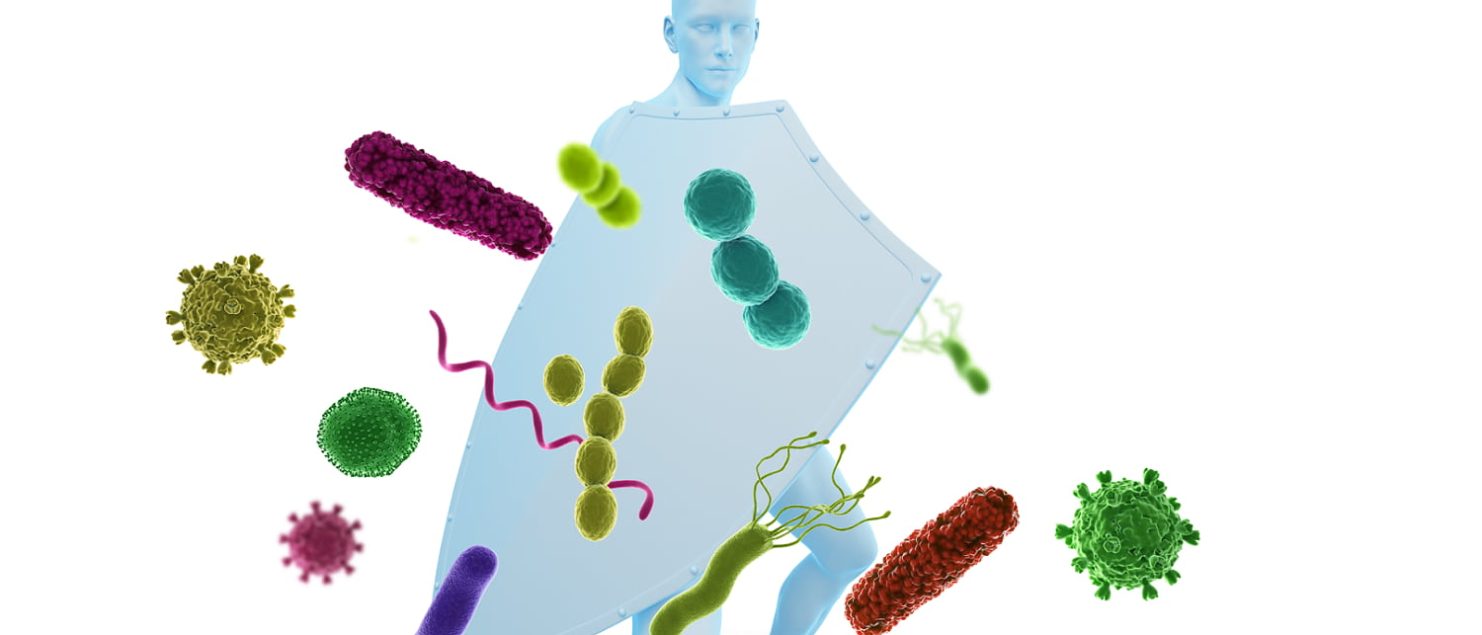Pasożyty u dzieci i u dorosłych. Jak sobie poradzić z pasożytami? Jakie badania wykonać?
Pomimo wzrostu poziomu higieny i wzrostu kontroli żywności pasożyty dalej występują u dzieci i dorosłych. Choroby pasożytnicze zazwyczaj przypisujemy małym dzieciom. W sezonie letnim to najczęściej dzieci spędzają czas w piaskownicach, czy na plażach, w miejscach, gdzie przebywają również zwierzęta. O ile psy towarzyszą przeważnie swoim właścicielom i można się spodziewać, że są regularnie odrobaczane, to większym problemem są wolno żyjące koty, które traktują piaskownice jak wygodne kuwety. Stąd tylko krok do zarażenia pasożytami u dziecka, a w dalszej kolejności również dorosłych domowników. Choroby pasożytnicze na początku nie dają żadnych oznak i przez długi czas mogą pozostać niezauważone, nie należy jednak zapominać o tym problemie.
Owsiki – najczęściej spotykany pasożyt u dzieci
Dorosłe owsiki żyją w końcowym odcinku jelita cienkiego i w jelicie grubym. W zależności od intensywności zarażenia, owsica może objawiać się utratą apetytu i bólami brzucha, nudnościami, rozdrażnieniem, zaburzeniami snu, swędzeniem okolic odbytu czy też stanami zapalnymi sromu i pochwy – jeżeli w tych miejscach zostały złożone jaja.
W celu wykrycia owsików przeprowadza się badanie kału. Zalecaną metodą jest tzw. wycier, czyli próbka pobrana z okolic odbytu na szkiełko z celafonem.
Lamblioza – objawy
Lambliozę wywołują pierwotniaki z gatunku Lamblia intestinalis /Giardia lamblia/. Lamblie umiejscawiają się w jelicie cienkim, a także w przewodach żółciowych, przewodzie trzustkowym i w pęcherzyku żółciowym. Lamblioza może powodować bóle brzucha, nudności, wzdęcia, nawracające biegunki, bóle głowy, zmęczenie, bezsenność i wywoływać stany podgorączkowe.
Lamblie powodują zaburzenia w trawieniu pokarmów, co skutkuje niedoborem witamin i utratą białka. Prowadzi to do niedożywienia i upośledzenia rozwoju fizycznego dziecka.
Badanie w kierunku lamblii można obecnie wykonywać metodą immunoenzymatyczną, testem Elisa. Metoda polega na wykrywaniu przeciwciał i antygenów, które wytwarzają się w organizmie w przypadku zarażenia lambliami.
Jak rozpoznać zakażenie glistą ludzką?
O podobnych objawach można mówić w przypadku glistnicy. Glista to pasożyt, który umiejscawia sięw jelicie cienkim. Jego wydzielina ma na człowieka działanie toksyczne i alergizujące. Duża liczba glist może doprowadzić nawet do niedrożności jelit. Zdarza się też, że pasożyty wnikają do przewodów żółciowych i wyrostka robaczkowego, powodując stany zapalne. Z krwią przedostają się do płuc, po drodze przechodzą przez wątrobę i serce. Mogą przebić ścianki pęcherzyków płucnych i dotrzeć do tchawicy i gardła.
Zakażenie glistą ludzką może objawiać się bólem brzucha, mdłościami, wymiotami, biegunką lub zaparciami, wysypką, świądem skóry, bólem głowy, a nawet obrzękiem twarzy czy rąk. Towarzyszyć może temu gorączka i kaszel, ponieważ larwy powodują podrażnienie nabłonka oskrzelowego. Tak szerokie objawy powodują, że glistnica bywa rozpoznawana dosyć późno, a zmiany powstałe w organizmie poważne na tyle, że nie wystarcza leczenie ambulatoryjne.
Badanie w kierunku obecności jaj pasożytów wykonywane jest trzykrotnie z pobranych próbek kału w kilkudniowych odstępach.
Toxocaroza trudna do rozpoznania
Powodem są nietypowe objawy toxocarozy. Nosicielami pasożytów są zwierzęta, głównie psy i koty. Do zakażenia dochodzi po połknięciu jaj znajdujących się w ich odchodach. U ludzi gatunki Toxocara wywołują chorobę zwaną zespołem larwy wędrującej. Larwy wylęgają się w jelicie cienkim, przechodzą przez jego ściankę i wraz z krwią rozprzestrzeniają się w całym organizmie. Najczęściej umiejscawiają się w wątrobie, ośrodkowym układzie nerwowym i oku.
W przypadku podejrzenia o zakażenie nicieniami Toxocara należy natychmiast skontaktować się z lekarzem, który skieruje na odpowiednie badania za pomocą testów serologicznych wykonywanych z krwi.
Jak uniknąć zarażenia pasożytami
Konieczna jest odpowiednia higiena, jak i profilaktyka. Dokładne mycie rąk przed jedzeniem, po wyjściu z toalety, po zabawie z psem lub kotem, po zabawie w piaskownicy, to podstawowe zasady higieny. Nie powinno się również używać wspólnych ręczników, często zmieniać bieliznę osobistą i pościel, utrzymywać w czystości łazienkę, ubikację, kuchnię i inne pomieszczenia związane z przygotowywaniem posiłków. Pamiętać należy o dokładnym myciu warzyw i owoców, szczególnie spożywanych na surowo. Jeśli hodujemy psy i koty trzeba je systematycznie odrobaczać.
Nie czekajmy, aż u dziecka wystąpią objawy, ale starajmy się systematycznie kontrolować, czy nie zaraziło się pasożytami. Zwłaszcza po okresie letnim takie badania powinny być wręcz koniecznością. Jeśli wynik badania okaże się dodatni, kurację odrobaczającą powinni przejść wszyscy domownicy. Jeśli wyleczymy dziecko, a sami nie poddamy się kuracji, za kilka tygodni wszystko wróci do punktu wyjścia.
Pamiętajmy jednak, że nie powinno się przyjmować leków przeciwpasożytniczych „na wszelki wypadek”. Decyzję poddania dziecka oraz reszty domowników kuracji pozostawmy lekarzowi, który po zapoznaniu się z wynikami odpowiednich badań diagnostycznych, dobierze sposób leczenie.
| Jeśli masz objawy, które mogą wskazywać na zarażenie pasożytami skonsultuj je z lekarzem | Rezerwuj >> |
Konsultacja medyczna
lekarz Barbara Rusinek
Specjalista w zakresie medycyny rodzinnej

